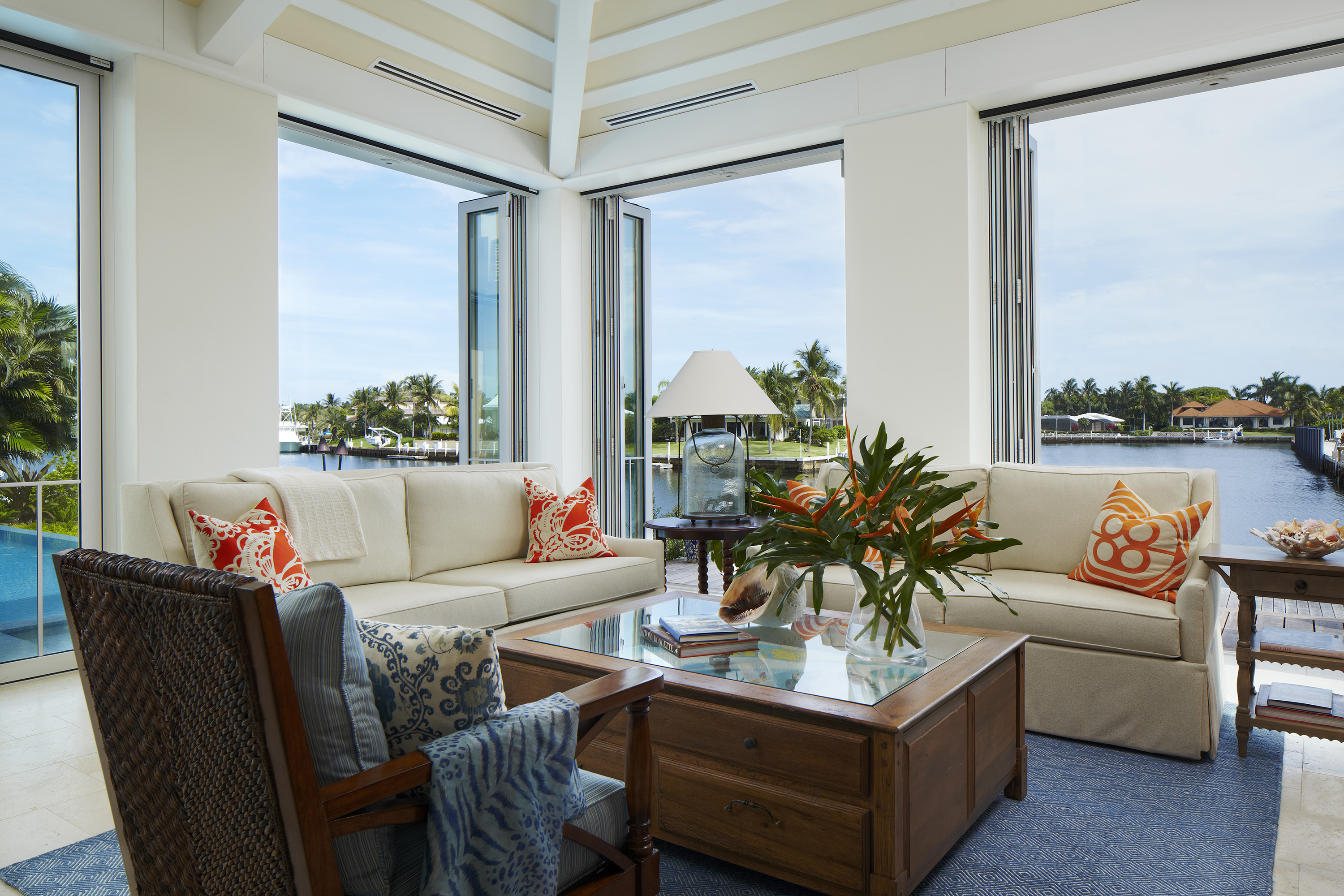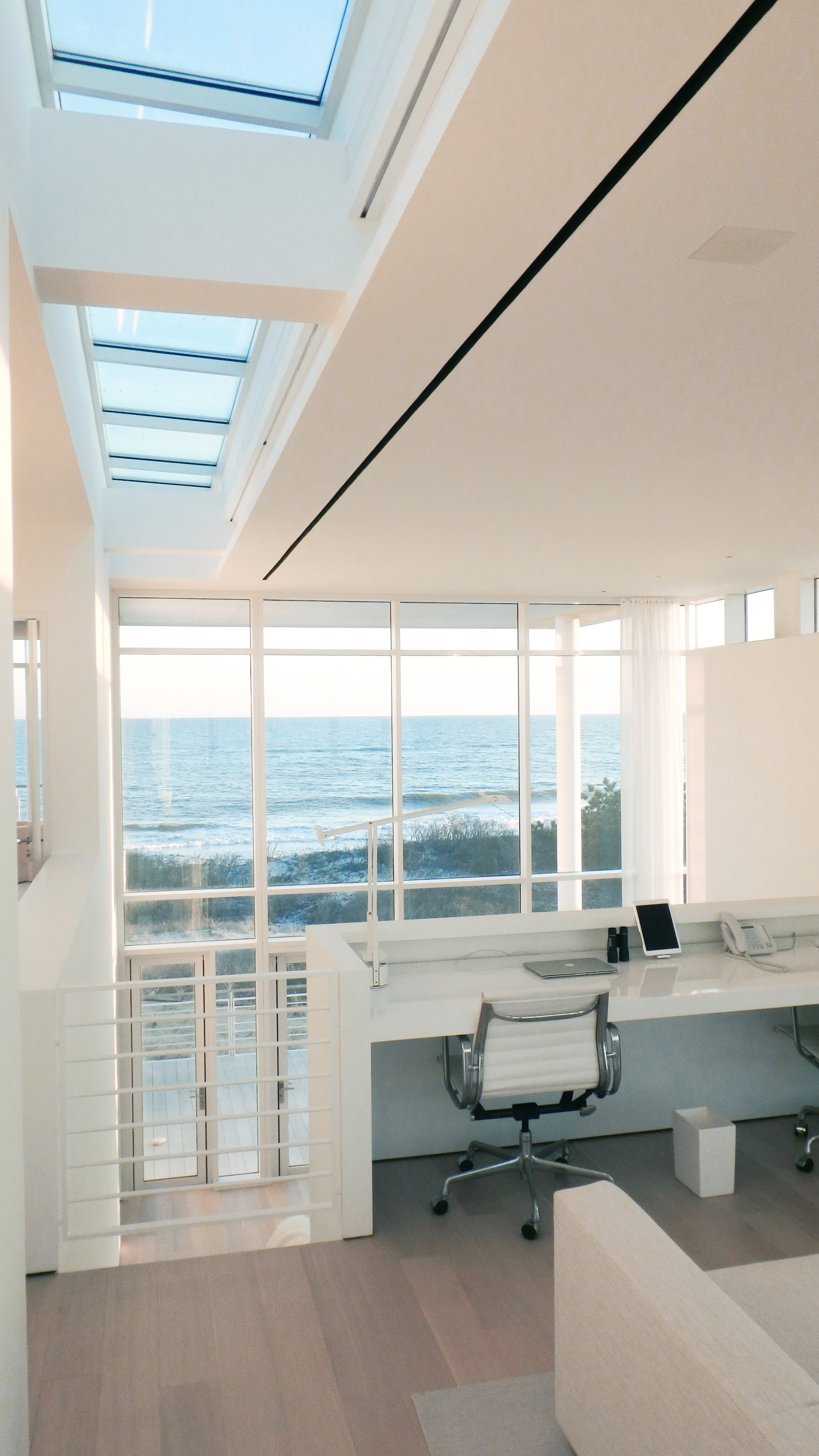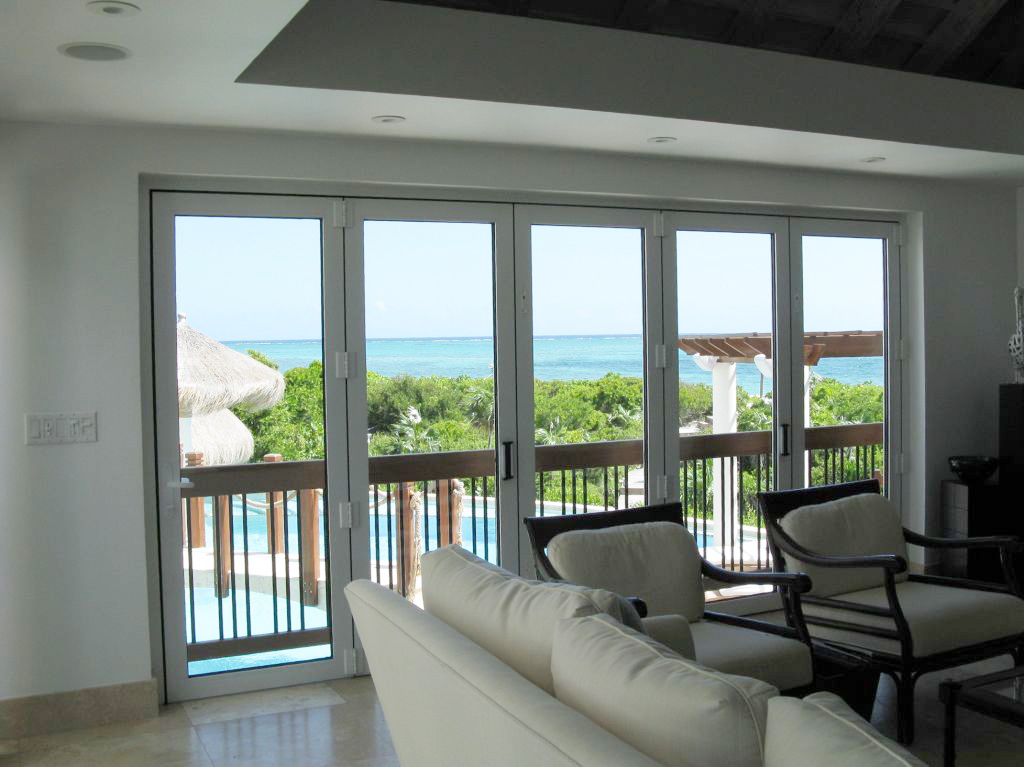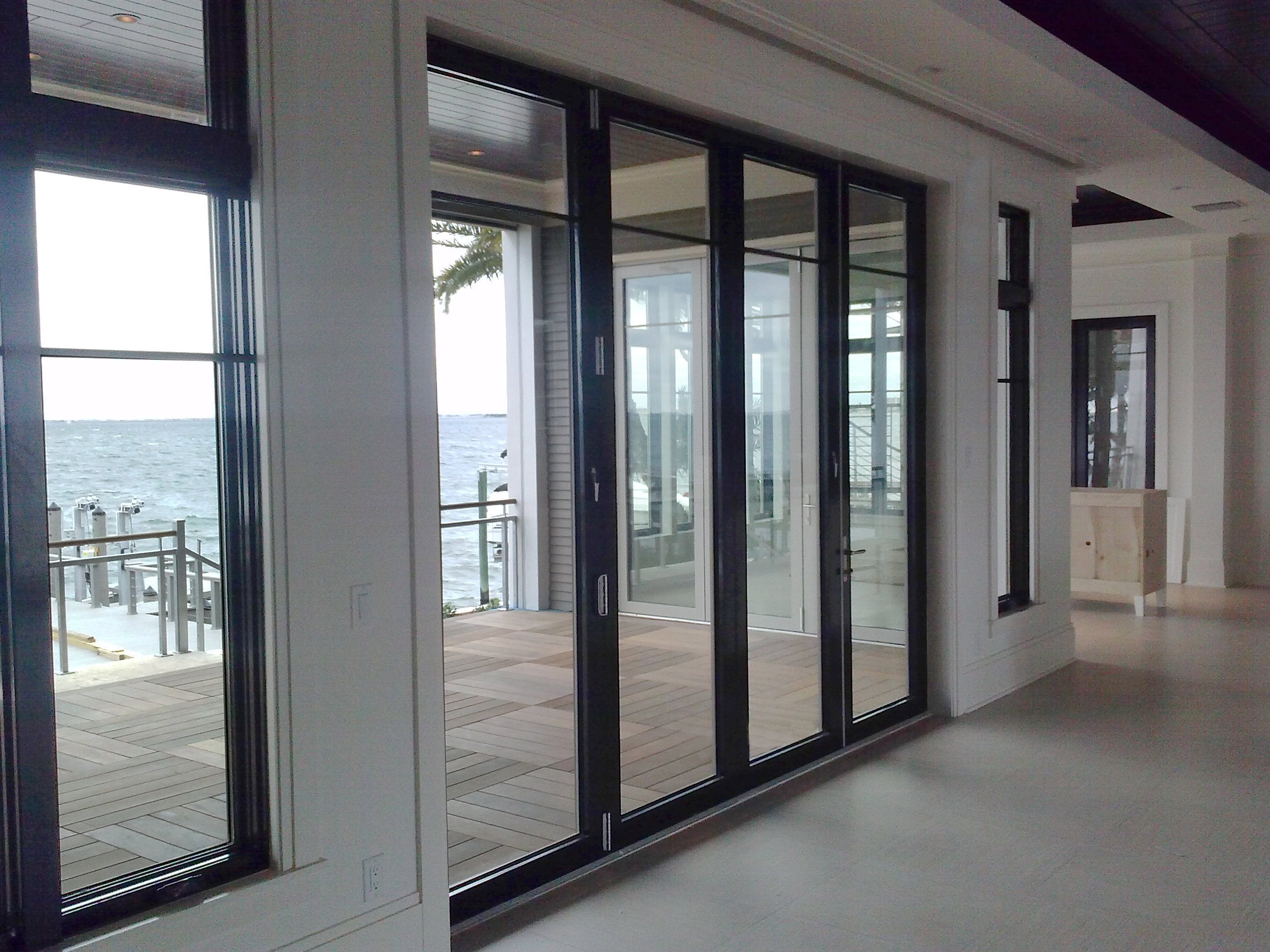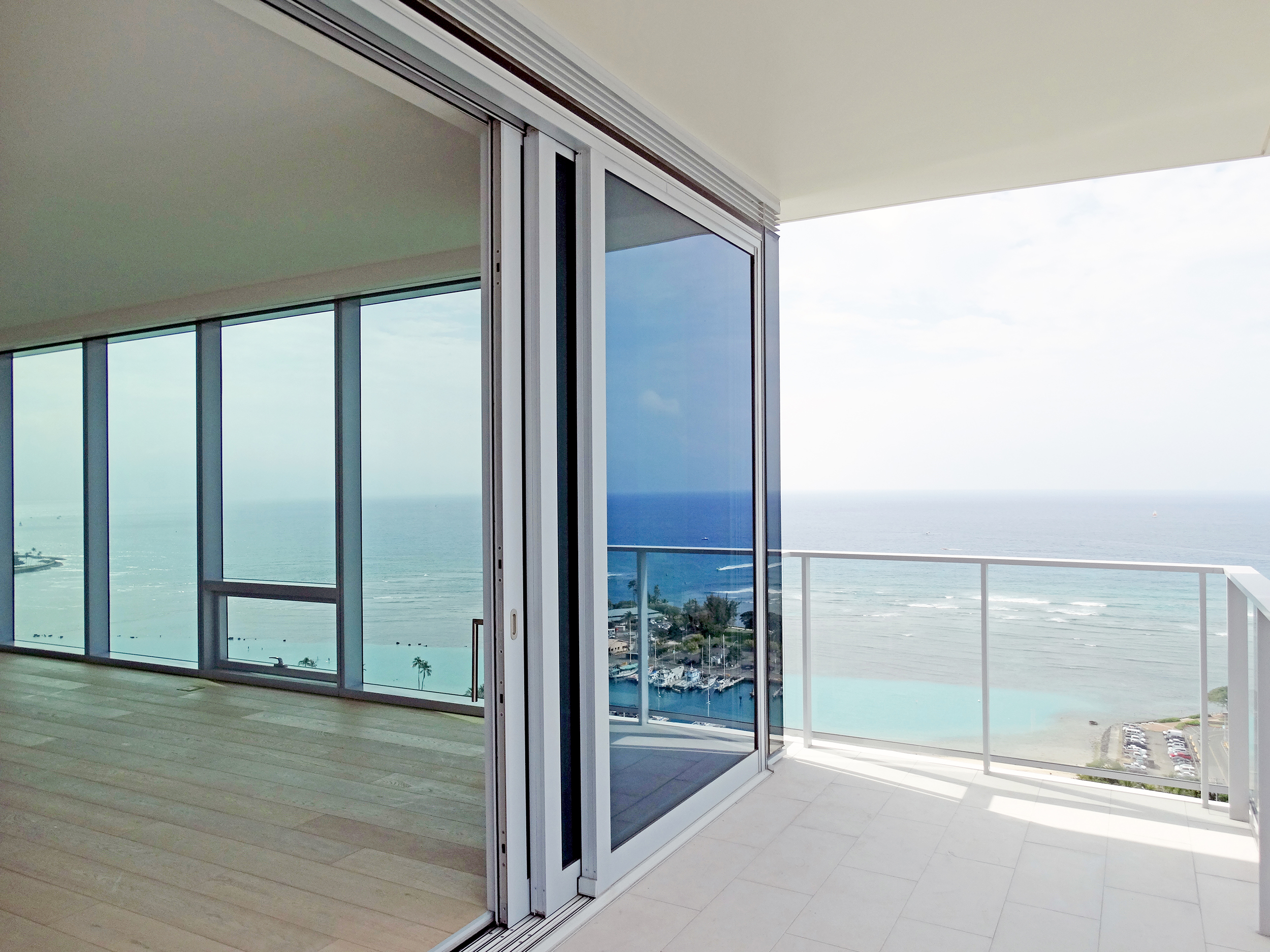Hurricane Glass
As manufacturers with more than 20 years of experience in the glass industry, we often receive a lot of questions about hurricane glass. More often than not, window and door fabricators/contractors/glazers/etc. specifically inquire about hurricane glass, wanting a product that withstands hurricanes, but this is a common misconception of the term.
“Hurricane glass” is not “hurricane proof,” but instead is similar to the well-known corrosion resistant term known as “stainless steel.” The corrosion resistance level of the stainless steel will depend on the alloy and whether or not it is 100 percent corrosion-proof. In more tropical climates where moisture is more prevalent, hurricane glass is more beneficial to avoid such corrosion.
When people refer to hurricane glass, they are often looking for something called “impact resistant,” or “impact rated” glass that can withstand the harsh conditions of a hurricane. It is also important to note that the rating is normally referring to the window or door system and not the glass itself.
For example, an impact rated window is composed of multiple parts (frames, hardware, gaskets, infill, etc.) that may be glass or another “approved” material (e.g. polycarbonate). In order to be impact resistant/rated, the window must be submitted to several tests that emulate both the wind pressures and the impact of debris during a hurricane. Upon completion of these tests, the windows are rated for an impact level, maximum pressures, maximum size, and other limitations.
Another common misconception of impact glass is that it will not be damaged when impacted by hurricane winds and debris. Although (in theory) it is possible to achieve such a performance, it is practically and economically impossible.
Sometimes Solar also gets inquiries about taking the glass from one of our other impact rated systems and applying it to another application, but we stress that this is not possible. Just because one type of glass provides safety, it does not mean that the window or door will be impact resistant when placed into another system.
Since the pressures in buildings vary, it is also important to note that the same window may not necessarily be able to be installed in two contiguous structures. For example, a 10-story building will always experience higher pressures than a 3-story building, even if they are built side by side. The windows installed on the smaller building may not necessarily be suitable for those of the larger, adjacent building. Likewise, the windows required in the upper portion of the same 10-story building may not be required to be rated at the same impact-resistant level as the ones in the lower portion of the building.
Regardless of your need, Solar Innovations® advises you to always consult either a professional architect, engineer, glazer, contractor, or an experienced window and door manufacturer when figuring out your specific impact resistant requirements.
